
OR
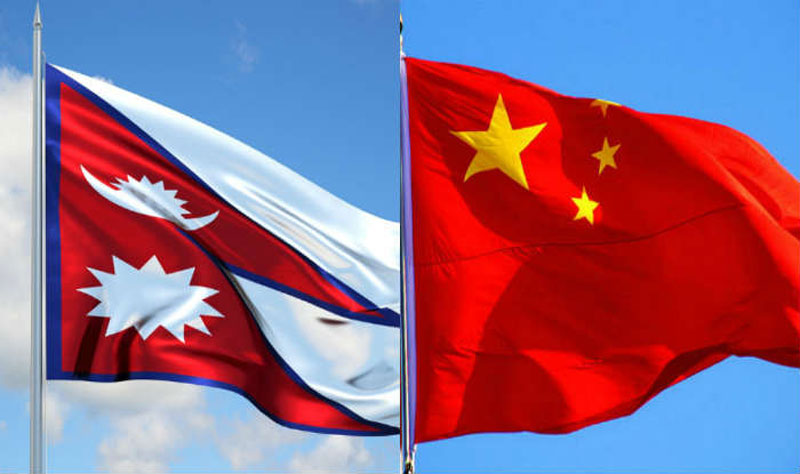
More from Author
Today India is ready to do just about anything to disrupt China’s relations with the smaller South Asian states
In course of the recent Nepal Investment Summit in Kathmandu, investors from China pledged to invest about US $8.3 billion in Nepal, which represented over 61 percent of the total commitments made at the event. This amount far exceeded the commitment made by India (US $317 million) despite India being Nepal’s largest trading partner and the country on which Nepal has long been dependent. In fact, in recent years, Chinese investments in Nepal have been increasing by leaps and bounds and China has been the largest contributor of foreign direct investment in Nepal since 2013. In the meantime, India’s investment seems to be falling.
India instead has come out with a new tactic of trying to spook away foreign investors from Nepal.
The Indian government’s recent guidelines on cross-border electricity trading clearly aims to discourage foreign investors from building big export-oriented hydro power projects in Nepal, a country whose only treasure is its enormous hydropower potential. At a time when China has shown interest in exploiting Nepal’s hydro resources, it is not difficult to understand that India’s new decision has been motivated with the intent of keeping the Chinese out of Nepal.
Not only in Nepal, over the past decade, China has become a significant development partner with other countries in South Asia as well, forging strong ties with them through trade, diplomacy, aid and investment. At the same time, New Delhi warily watches Beijing’s expanding diplomatic and economic ties with the countries in South Asia. Diplomatic circles in India are worried that the Chinese are wooing the South Asian states with various goodies and its long-held claim of the region being its ‘backyard’ and coming under its ‘exclusive sphere of influence’ is gradually eroding.
Policymakers in New Delhi in fact view China’s growing presence in South Asia as a kind of an “encirclement strategy” aimed at thwarting India’s growth and at challenging its vital interests in the region.
India must accept that China’s rising power and influence is not the only reason for the gradual weakening of the state of until-recently India’s complete domination in South Asia. The reason is partly India’s own erroneous policies aimed at maintaining its regional supremacy. India’s high-handed attitude and myopic policies and its unwillingness to understand its smaller neighbors’ aspirations have always annoyed other South Asian countries. Until now, despite persistent distrust and anxiety of India, the smaller states in the region were forced to succumb to India’s diktat for various political, economic and geographical reasons.
However, regional political and economic dynamics have vastly changed in recent years, and it has become increasingly difficult for New Delhi to coerce other states here to serve its vested interests.
But the Indian political elites also seem rather reluctant to adapt to the changes taking place in the region. Hence at a time when Beijing has been playing its diplomatic hand adroitly, India has largely resorted to its traditional coercive form of diplomacy in South Asia. This in turn has raised doubts about India’s real intent in the region. Under this situation, it is obvious for the small South Asian states to find Beijing’s neighborhood policy, with inclusive regional development as its central plank, more appealing compared to India’s policy aimed at creating perpetual dependence and subjugation.
South Asian states are thus also very enthusiastic about Chinese President Xi Jinping’s ambitious one belt one road (OBOR) initiative and the creation of the Asian Infrastructure Investment Bank (AIIB) with the goal of handling OBOR projects. These initiatives manifest, as one Chinese scholar writes, China’s learning from its own development experience on the role of infrastructure in achieving economic growth as well as its willingness to share and provide funds for the development of its neighboring states, to which it has accorded highest priority in its foreign policy. It is beyond doubt that infrastructure deficit has been the major bottleneck for the development of all South Asian states.
Therefore, these countries believe that China’s OBOR and AIIB projects, if used wisely, can be useful for their own economic development.
But whenever smaller states in South Asia engage with China more, the Indian diplomatic circle invariably reacts with alarm, raising the old bogey of Chinese “encirclement”. It looks at China’s interaction with other South Asian states with a great deal of suspicion. Yet India’s own relations with South Asian states have been neglected and it has failed to pursue any good policy to get the goodwill of its neighbors. It also has no concrete regional policy and many of the proclamations made by the Indian government are aftereffects of China’s policy and initiations.
In response to Beijing’s OBOR initiative, New Delhi recently came out with the idea of regional connectivity amongst member states of the Bay of Bengal Initiative for Multi-Sectoral Technical and Economic Cooperation (BIMSTEC). In South Asia, India has long been demonizing Pakistan for the region’s failures on infrastructure development and greater regional cooperation. However, it must be noted that the framework of the South Asian Association for Regional Cooperation (SAARC) also provides for sub-regional cooperation among its member states within the broader ambit of SAARC.
Today, India is ready to do just about anything to disrupt China’s relations with smaller South Asian states. The fact that other South Asian countries are also a part of China’s neighborhood is conveniently overlooked. China shares borders with five South Asian countries (Bhutan, India, Nepal, Pakistan and Afghanistan) and the remaining three (Bangladesh, Maldives and Sri Lanka) are also strategically important for China. China, therefore, has vital interest in the South Asian region, which calls for its constructive engagement here. The changing regional dynamics in South Asia, therefore, calls for India and China working together in order to ensure regional security, stability and development.
The author is a student of International Politics at Shandong University, China
pmrgautam@gmail.com
You May Like This
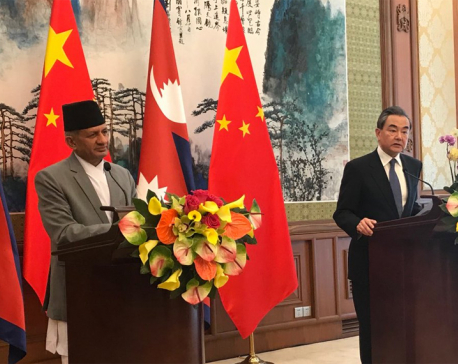
In China, foreign minister Gyawali dreams to travel in China by modern train
BEIJING, April 18: Nepal is a natural area for cooperation between China and India, the Chinese government’s top diplomat State... Read More...

China cuts US investments by 92% amid escalating trade war
Russia, June 20: The US market saw a significant plunge in investment from China in the first five months of the... Read More...
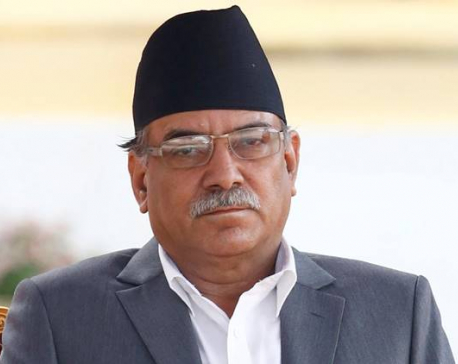
PM Dahal to discuss with Ex-PMs, China affairs experts before China visit
KATHMANDU, March 22: As Prime Minister Pushpa Kamal Dahal is preparing to pay an official visit to China on March... Read More...


Just In
- FWEAN meets with President Paudel to solicit support for women entrepreneurship
- Koshi provincial assembly passes resolution motion calling for special session by majority votes
- Court extends detention of Dipesh Pun after his failure to submit bail amount
- G Motors unveils Skywell Premium Luxury EV SUV with 620 km range
- Speaker Ghimire administers oath of office and Secrecy to JSP lawmaker Khan
- In Pictures: Families of Nepalis in Russian Army begin hunger strike
- New book by Ambassador K V Rajan and Atul K Thakur explores complexities of India-Nepal relations
- Health ministry warns of taking action against individuals circulating misleading advertisements about health insurance














_20240419161455.jpg)
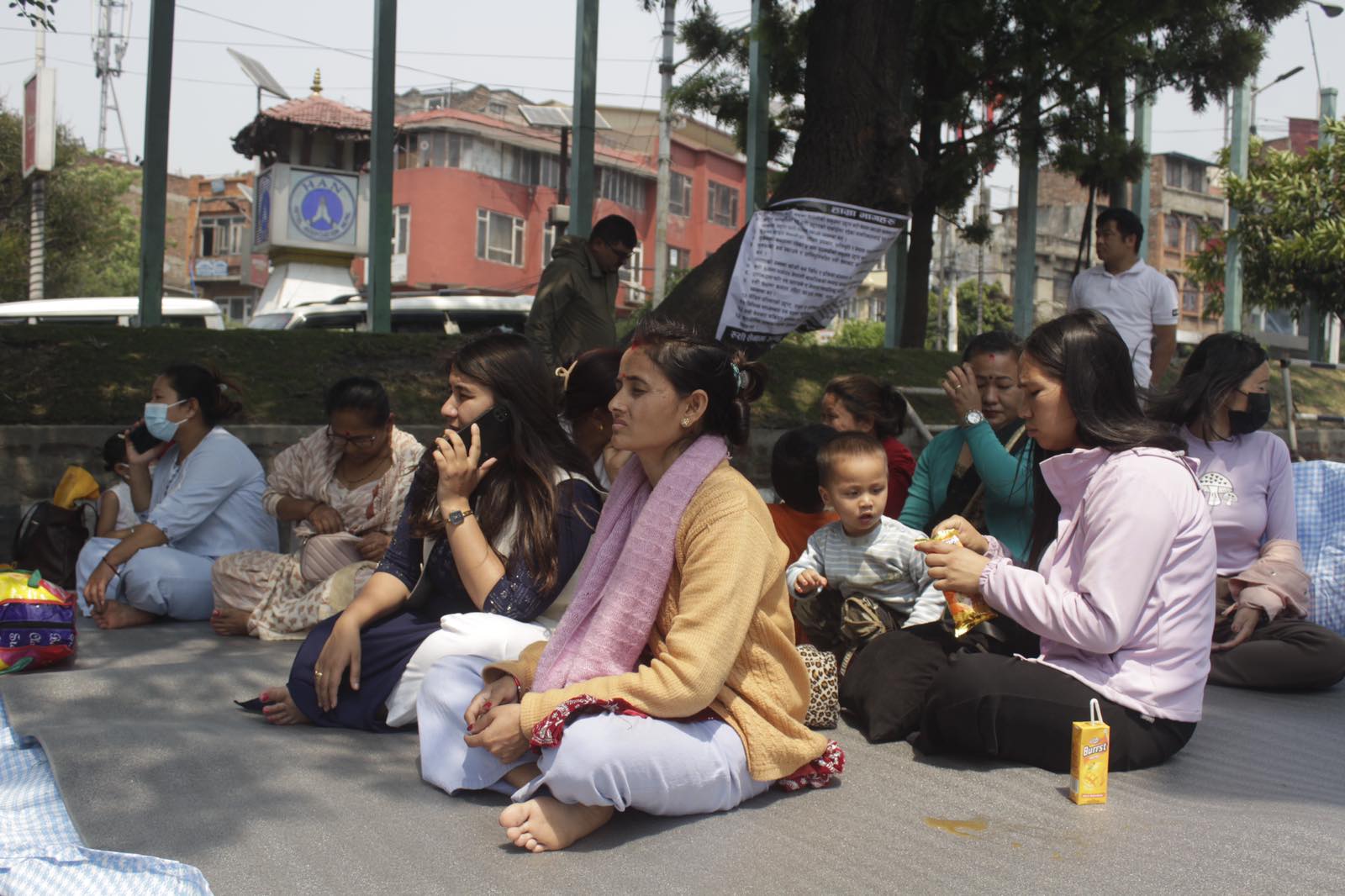
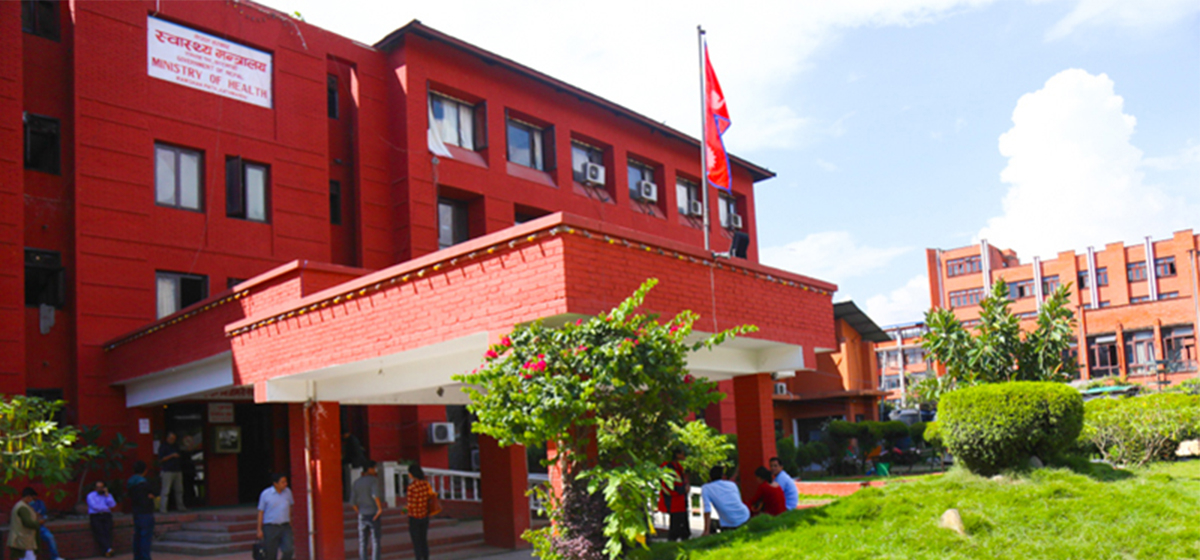
Leave A Comment